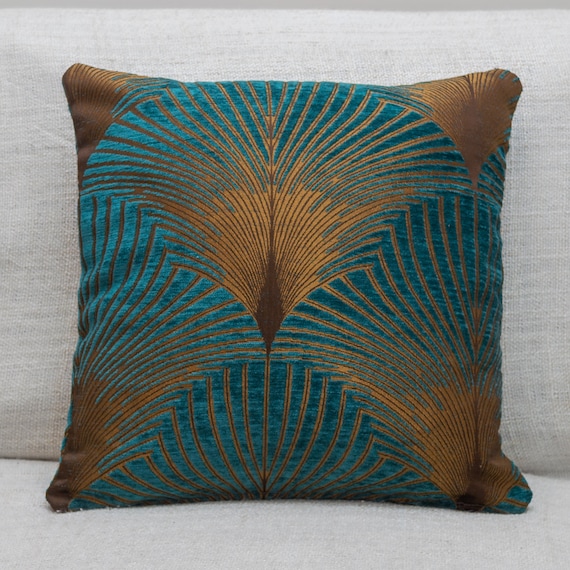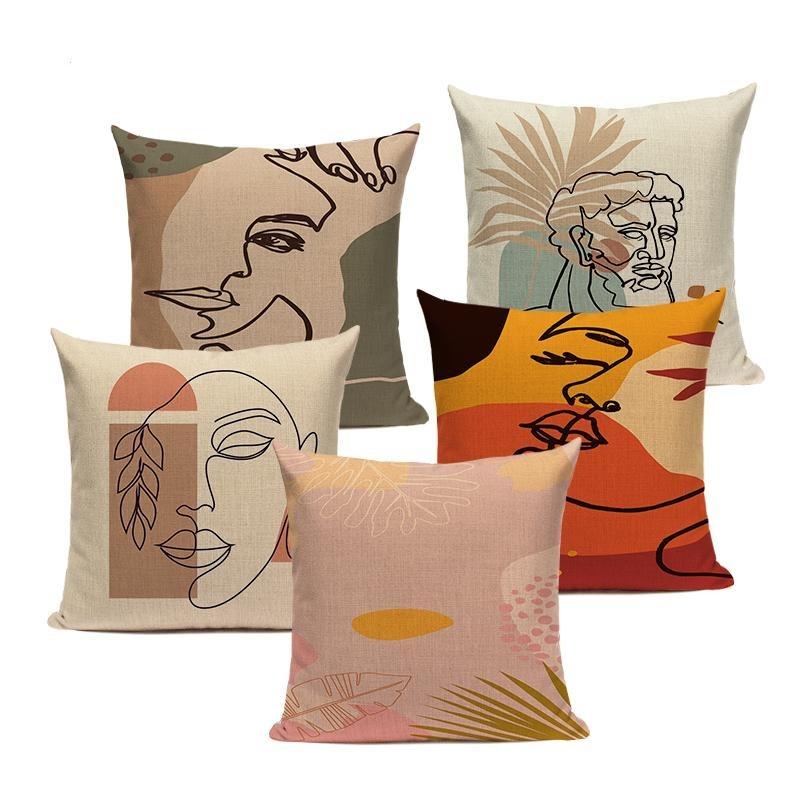Everything about Unique Art
Table of ContentsThe Single Strategy To Use For Unique ArtNot known Details About Unique Art The Greatest Guide To Unique ArtThe Definitive Guide for Unique Art
While one might dispute which art kind holds precedence, the reality remains that each of these seven forms supplies a special window into human background, society, and development. They are the tapestries that chronicle our journey, advising us of our past while inspiring visions for the future.Great artwork tells a tale, makes individuals look twice, and develops an one-of-a-kind experience that can't be matched. Art and images connect all of that through color, form and other style components. Discover how to make your one-of-a-kind art work stand apart from the crowd.
3 Emil DervishIn this entranceway by Emil Dervish that gorgeous cobalt blue door takes the program. To bring a lot more drama, he extended the paint. to the doorframe and the wall up, ending up in an arched shape. The curves, along with a round sconce, soften the edges - Unique Art. Then frameworks vintage posters and maps of cherished areas set the scene.
8 TRIA GIOVANEqual parts grand and laidback, this foyer developed by Anthony Baratta is the perfect blueprint to follow if you're enhancing an official entry that still really feels unfussy and comfy. Formed textiles take center stage (see the rugs and the sofa), yet they additionally assist bring the high ceilings down to a human range when hung over wallpaper.
Little Known Facts About Unique Art.
18 Heidi Caillier DesignA gallery wall surface does not require to take up the entire area. Occasionally a small one can make a larger style statement. In this living room, Hiedi Caillier decided for micro-mini structures and an arbitrary structure.
The aspects of this languageits forms, lines, colours, tones, and texturesare made use of in various ways to produce feelings of volume, room, motion, and light on a level surface. These components are integrated into meaningful patterns in order to stand for genuine or mythological phenomena, to analyze a narrative motif, or to produce entirely abstract aesthetic partnerships.
Later on the idea of the "great artist" developed in Asia and Renaissance Europe. Throughout the 19th century painters in Western cultures began to shed their social placement and secure patronage.
How Unique Art can Save You Time, Stress, and Money.
Others gained a revenue via visiting exhibits of their job. The requirement to appeal to a market had actually replaced the comparable (if less impersonal) demands of patronage, and its impact on the art itself was probably similar. Usually, artists in the 20th century might reach a target market just via business galleries and public galleries, although their work may have been periodically duplicated in art periodicals
For the background of painting in old Egypt, see Egyptian art and style. The advancement of paint in different areas is dealt with in a number of posts: Western painting; African art; Main Asian arts; Chinese paint; Islamic arts; Japanese art; Oriental art; Indigenous American art; Oceanic art and style; South Oriental arts; Southeast Asian arts. For a discussion of the forgery of artworks, see forgery. For a discussion of the duty of painting and various other arts in religious beliefs, in addition to of the use of spiritual icons in art, see spiritual importance and iconography. For info on other arts related to paint, see short articles such as drawing; people art; printmaking. It is the sense of certainty see this site in this official company that offers a great painting its self-sufficiency and presence. The colours and positioning of the primary photos in a style might be occasionally mostly determined by representational and symbolic considerations. It is the formal interaction of colours and forms that alone is qualified of connecting a certain state of mind, generating optical feelings of space, quantity, movement, and light and creating forces of both harmony and tension, even when a painting's narrative significance is rare.
Do not copy the design of various other musicians if you're attempting to locate your design. Duplicating other individuals's art work can be wonderful in educational purposes yet it will certainly not make you closer to finding your very own one-of-a-kind style. Your creative style has to be, what you such as and what motivates you.

The smart Trick of Unique Art That Nobody is Talking About
You require to try great deals of different alternatives and explore everything before you can concentrate on one particular design or you'll be bored, or worse, you'll despise your own style. So I suggest you to attempt every single subject that you have an interest in, check out as much as you official site can. Try various mediums that excite you and new techniques you've never tried before.
With time you'll have the ability to arrange all of them right into your preferred and least favorite classifications. Attempt to concentrate your focus on the subjects and tools that you like and before you see it coming you'll have your very own individual and distinct design, like no one else have! So in the end you'll have a few favored based on repaint and perhaps a few preferred tools.
